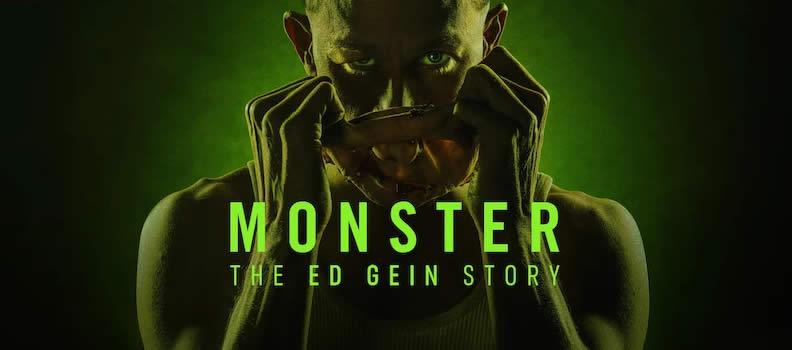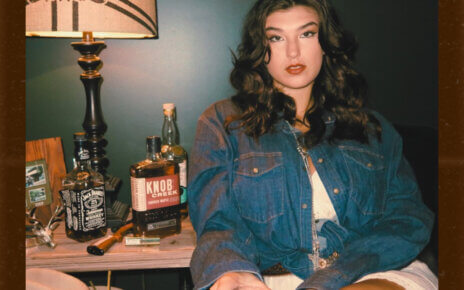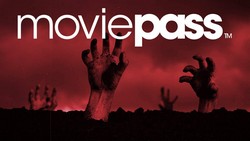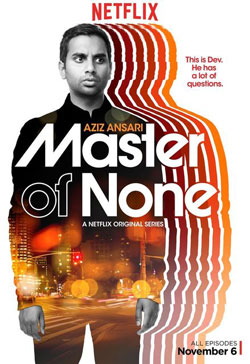When I was a kid, my mother warned me about the scariest movie she’d ever seen, “The Silence of the Lambs.” When I watched it at 15 I was accustomed to shows like “Criminal Minds” and “American Horror Story.” My mom does not scare easily, so I was surprised to find that the same movie that gave her nightmares after 20 years, barely raised a hair on the back of my neck.
Don’t get me wrong, she had a point; there’s nothing like a few murders and a DIY skin suit to feed your worst fears. Nevertheless, I realized her tolerance for horror is lower than mine and those who grew up with more exposure to the media than our parents did. Creators Ryan Murphy and Ian Brennan’s newest addition to the “Monster” series, “Monster: The Ed Gein Story,” explores the evolution of horror in media (and our tolerance of it) and the morbidly fascinating story of Ed Gein’s crimes.
Director Max Winkler does not hesitate to paint a picture of the dreadful world Gein (Charlie Hunnam) inhabits in Plainfield, Wisconsin, in the late 1940s. The first episode, titled “Mother!”, does not falsely advertise; it mostly depicts Gein’s day-to-day with his mother, Augusta Gein, and the oppressive, isolated environment she created for him and his brother, Henry.
“Mother!” lays the groundwork for the rest of the series, as it provides context for why Gein might have turned out the way he did. Laurie Metcalf plays Augusta’s wicked character so well that I can’t imagine her as anyone else. Though most of Augusta’s role was in the first episode, her gripping presence follows throughout the series and haunts viewers as much as she haunts Gein. If nothing else, the first episode will make you think, how could Gein not grow up to be a monster in a home like that?
The first episode also introduces Ilse Koch (Vicky Krieps), also known as ‘the Witch of Buchenwald,’ based on the real wife of SS Commander Karl Koch. According to historians, Koch was known for collecting lampshades, gloves, and book covers made from the skin of tattooed prisoners. Gein learns about Koch in a comic book his friend, Adeline Watkins (Suzanna Son), gives him, and becomes infatuated with her sadistic war crimes. Koch’s role continues in the second episode, “Sick as Your Secrets,” when Robert Bloch (Ethan Sandler), author of the novel “Psycho,” discusses the horrific nature of Gein’s crimes with director Alfred Hitchcock (Tom Hollander). Bloch tells Hitchcock that Koch’s fixation on skin influence Gein: “What Eddie saw in those photos was the truth, and the truth is, here’s just another thing that people did. Like riding a bike or drawing a picture. And so, Eddie wanted to do it too.”
Not unlike Ryan Murphy’s other seasons of “Monster,” there is some fiction worked into the adaptation that seems problematic and unnecessary. In one of the show’s final episodes, Gein helps the FBI profile Ted Bundy, which did not actually happen. What is the purpose of adding this element to the plot? Murphy is better off creating an entirely fictional character at this rate.
TGE conversations about Ed occur intermittently throughout the second episode, connecting the crimes with the content he consumed. This element of “Monster” is particularly compelling as it forges a path into Murphy and Brennan’s timeline of horror’s evolution in media. It connects Gein’s crimes to some of the most infamous movies that followed, like “Psycho,” “Texas Chainsaw Massacre,” and, you guessed it, “The Silence of the Lambs.”
After a conversation between Bloch, Hitchcock, and Hitchcock’s wife, he tells Bloch, “This is not cinema anyone will recognize. It is entirely new. But she’s [Hitchcock’s wife] dead wrong to say people won’t want to watch it.” Although there is no record of Hitchcock saying these words in real life, his fictional self makes a strong point. Most viewers’ tolerance for fear seems to grow stronger with each horror production. When “Monster” showcases Hitchcock’s premiere of “Psycho” in 1960, audience members run out of the theater in fear. What terrified viewers nearly 70 years ago is no longer enough to terrify them today. After watching, I can understand my mom’s overreaction to horror in comparison to mine. Until she saw “The Silence of the Lambs,” the scariest thing she had watched on screen was Marcia Brady’s broken nose. Unlike her, I have been watching my worst fears play out on television since I learned how to work the remote. Hitchcock describes the insatiable appetite he created in episode three of “Monster”:
“You [Alfred, to himself] knew what your picture would unleash, but you did it anyway…the audience has changed, and I’m the one who changed them. They’ll want more and more and more.” So, what’s next?




